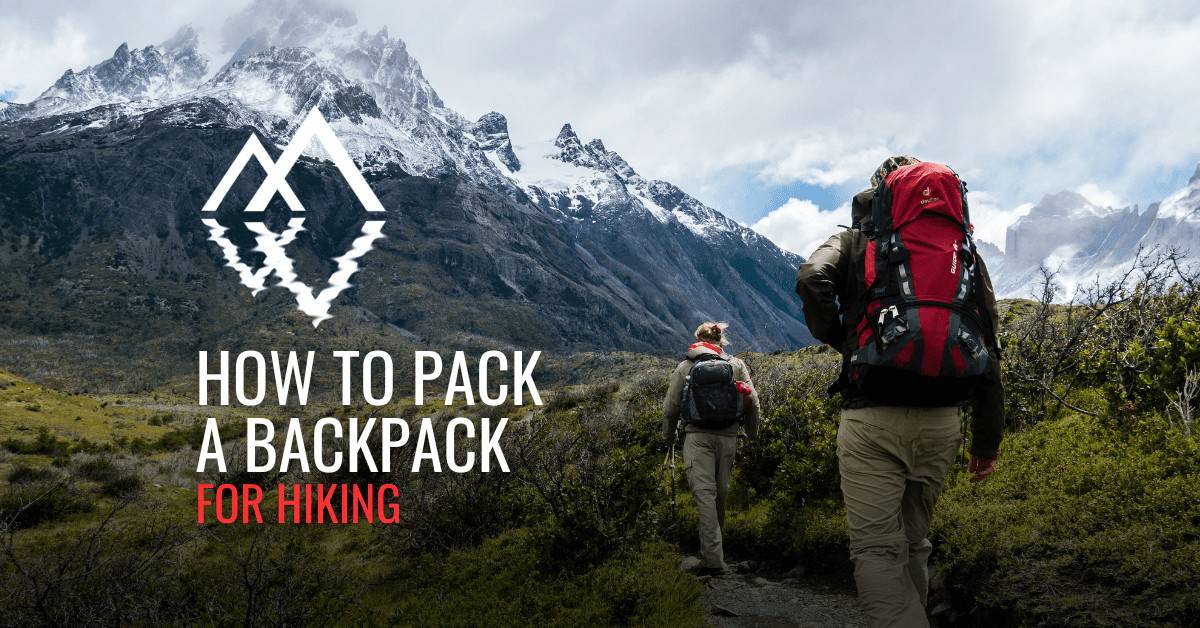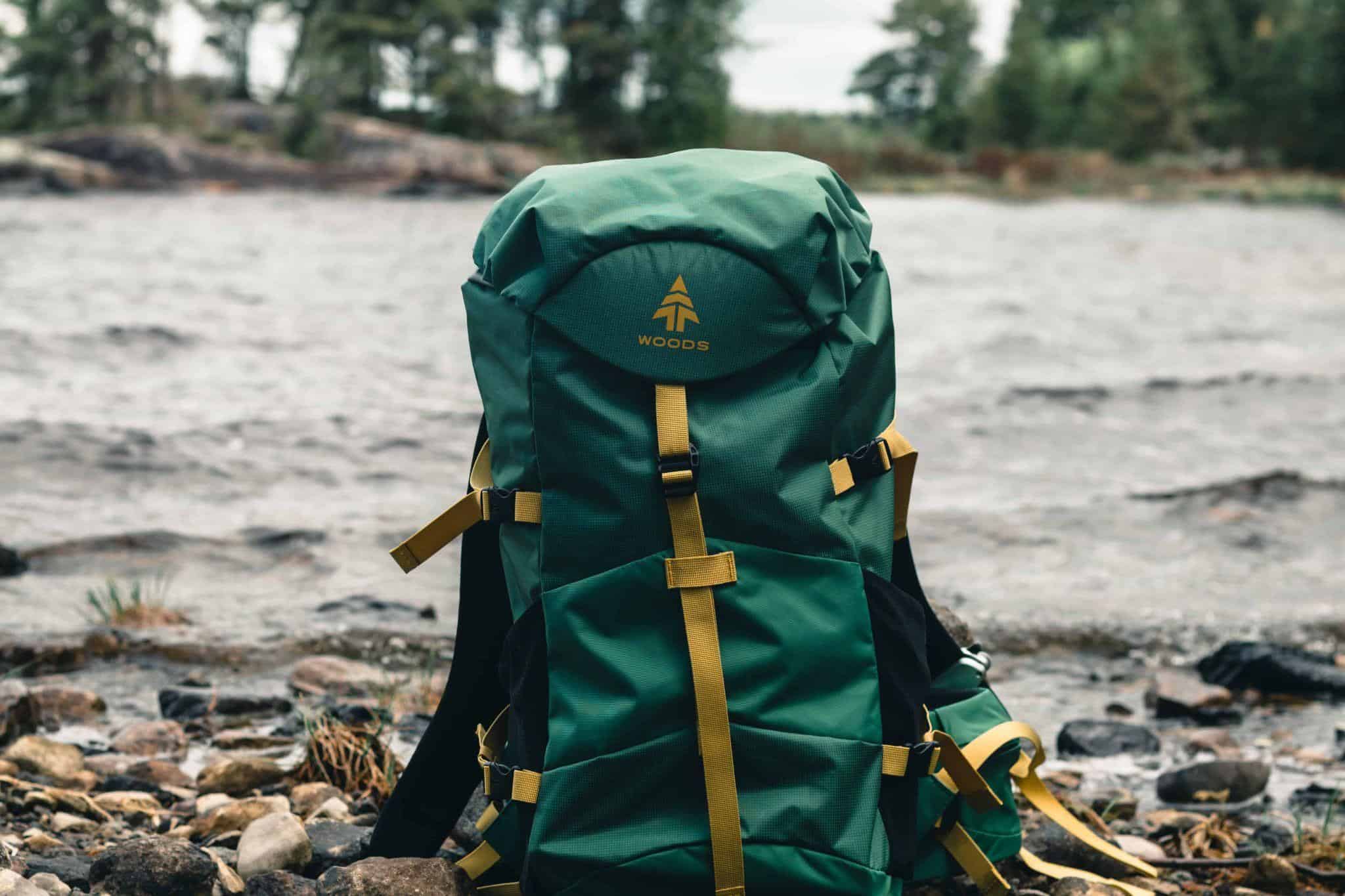Hiking is one of the most exhilarating and fulfilling outdoor activities. Whether you are planning a day hike or a multi-day trek, learning how to pack a backpack correctly is essential to ensure a comfortable and successful journey.
A well-packed backpack can make your hike more enjoyable, while a poorly packed one can cause discomfort and even lead to injuries.
In this article, we will discuss the best practices for packing a backpack for hiking.
How To Pack A Backpack
Here is a step-by-step guide on how to pack a rucksack for hiking to ensure a comfortable and successful adventure.
1. Choose the Right Backpack
The first step in packing a backpack for hiking is to choose the right backpack. Make sure you choose a backpack that fits you properly and can comfortably carry all your gear.
Look for backpacks that are specifically designed for hiking and have features such as a padded hip belt, adjustable straps, and compartments for easy organization.
2. Organize Your Gear
Before you start packing your backpack, grab your hiking equipment checklist then lay out all your gear and organise it into categories such as clothing, food, shelter, and equipment.
This will make it easier to pack and ensure that you don’t forget anything important.
I’ll freely admit that I always leave this task until very late the night before a trip but I love the process of pulling all my gear out of storage and prepping it all in neat little piles all over the floor.
As a result of this activity, I almost always discover that I have something essential missing from my kit list which is why I would suggest you don’t do what I do, and instead organise your gear at least a few days before your trip whenever possible.
3. Pack the Heaviest Items Closest to Your Back
When packing your backpack, it’s important to distribute the weight evenly. Pack the heaviest items closest to your back, such as your sleeping bag, food, and water.
This will help to maintain your centre of gravity and reduce strain on your back.
4. Use Compartments and Pockets
Most backpacks come with compartments and pockets, so make sure to use them to your advantage.
Use the pockets on the sides of your backpack for water bottles or other small items you need to access quickly.
Pack your sleeping bag in the bottom compartment, and your clothes in the top compartment.
5. Pack Smart
When packing your backpack, consider the weight and bulkiness of each item.
Pack lighter items at the top and heavier items at the bottom. Pack clothes and other soft items around the heavier gear to create a stable base.
This will help to prevent your gear from shifting around and throwing off your balance.
6. Secure Your Gear
Make sure to secure your gear in your backpack so it doesn’t shift or fall out while you’re hiking. Use compression straps or bungee cords to keep your gear in place, especially if you’re carrying bulky items such as a tent or sleeping pad.
7. Keep Essentials Handy
Pack your map, compass, first aid kit, and other essentials in an easily accessible pocket or compartment. You never know when you might need them, so make sure they’re always within reach.
The hood of your backpack is the perfect spot for storing all of your smaller items which you may need to access quickly in an emergency such as a first aid kit or rain cover. You can also stash away a few small snacks in this pouch so that they are easily accessible to reach whilst you’re moving to save you the need to stop and remove your pack.

8. Check the Weather
Before you pack your backpack, check the weather forecast for your hiking destination. If rain is expected, make sure to pack a rain jacket, rain cover for your backpack, and waterproof bags for your gear.
If you live in the UK, you’ll know the weather can be unpredictable. Even on a sunny summer’s day, you can never guarantee that you’ll stay dry so I always find it is best to be prepared for wet weather regardless of the weather forecast.
9. Pack Out What You Pack In
Remember to leave no trace when hiking. Pack out all your rubbish away securely in your pack and make sure to follow Leave No Trace principles.
Even better, take inspiration from Trash Free Trails and their updated version of the Leave No Trace principle which is ‘Leave A Positive Trace’. This improved way of thinking is a much more responsible and sustainable approach to hiking that preserves the beauty and natural resources of the wilderness for future generations to enjoy. By adopting Leave A Positive Trace principles, you can do your part in protecting the environment while still enjoying the outdoors.
10. Practice How to Pack a Backpack Before Your Trip
Practice packing your backpack before your trip to make sure everything fits and you’re comfortable carrying the weight. This will help you to make any necessary adjustments and avoid any surprises on the trail.
Final Thoughts
Learning how to pack a backpack for hiking is essential for a comfortable hiking adventure and requires careful planning and organization. By choosing the right backpack, organizing your gear, packing smart, securing your gear, and keeping essentials handy, you can ensure a comfortable and successful hike.
Remember to always check the weather, follow Leave No Trace principles, and practice packing before your trip.
Happy hiking!
Before you start packing, don’t forget to grab our free camping packing checklist to help you get organised for your next adventure.
How To Pack A Backpack FAQ
What size backpack do I need for hiking?
A. The size of your backpack will depend on the length of your hike and the amount of gear you need to carry.
How much weight should I carry in my backpack for hiking?
The general rule of thumb is to carry no more than 20% of your body weight in your backpack. However, this may vary depending on your level of fitness, the length of your hike, and the terrain you’ll be hiking on.
Should I pack extra food and water?
Yes, it’s always a good idea to pack extra food and water in case you experience unexpected delays. I Plan for at least one litre of water per hour of hiking and pack high-energy snacks such as trail mix, energy bars, and dried fruit. I also like to pack a freeze-dried meal in case of emergencies.
How do I know if my backpack fits properly?
Your backpack should fit snugly against your back and not shift or bounce around while you’re hiking. The hip belt should sit comfortably on your hips, and the shoulder straps should be adjusted so they don’t dig into your shoulders.
What should I do if I experience discomfort while hiking with my backpack?
If you experience discomfort while hiking with your backpack, stop and adjust the straps and weight distribution. If the discomfort persists, it may be necessary to remove some gear and lighten your load.





